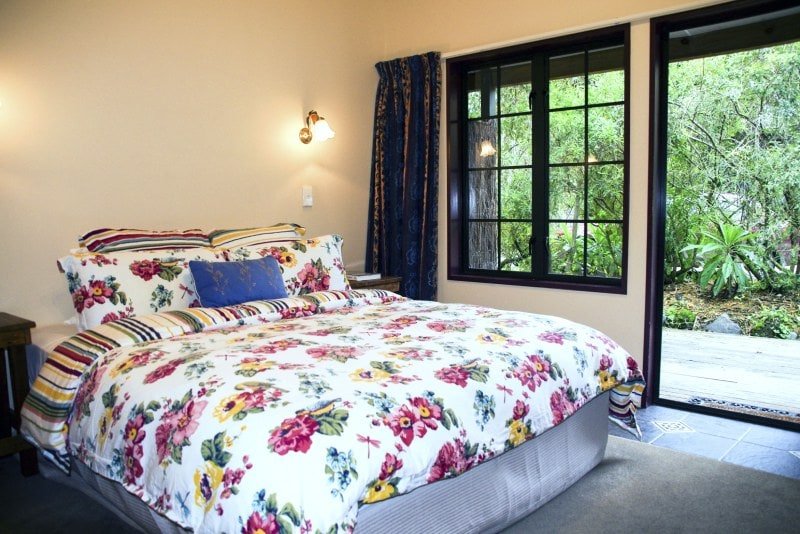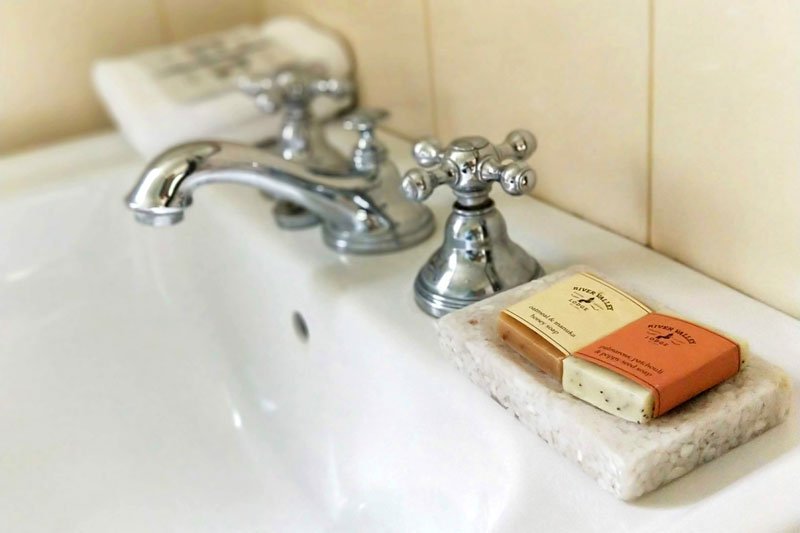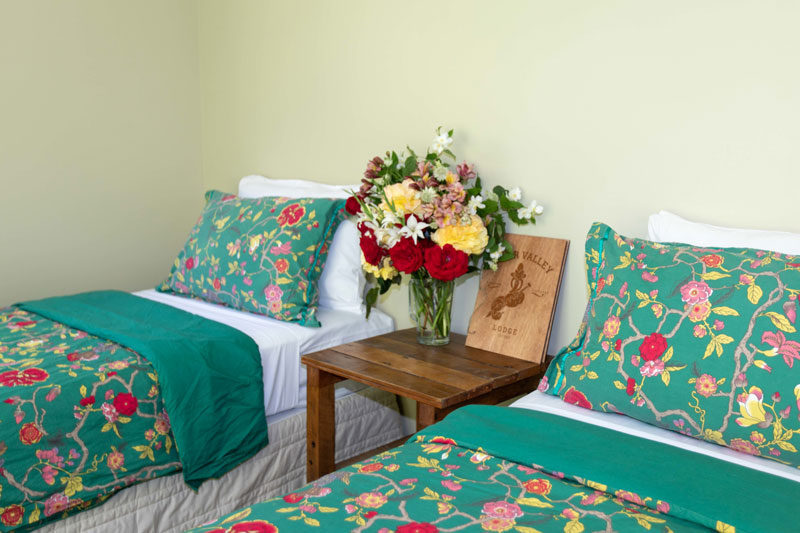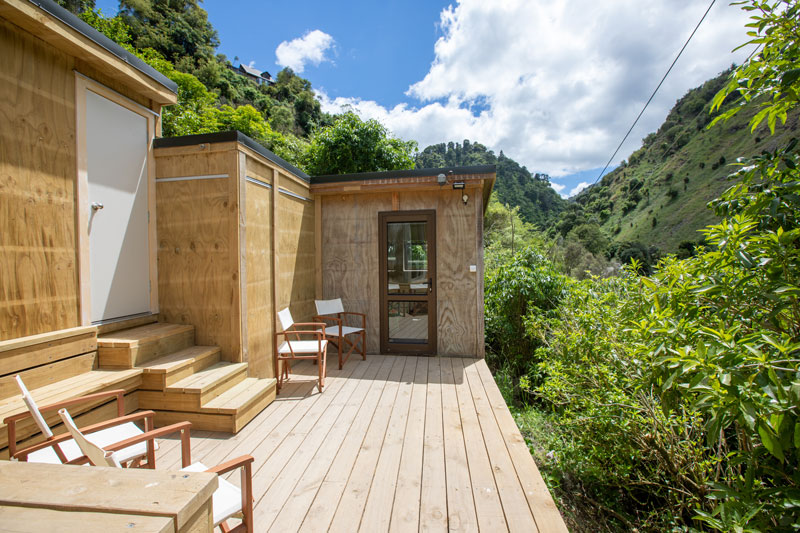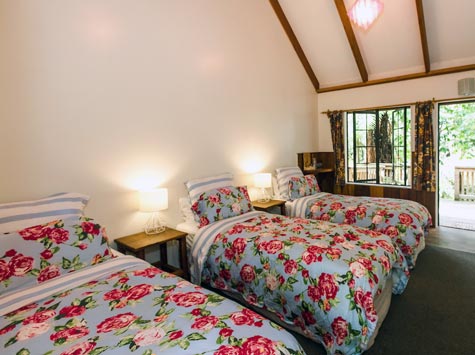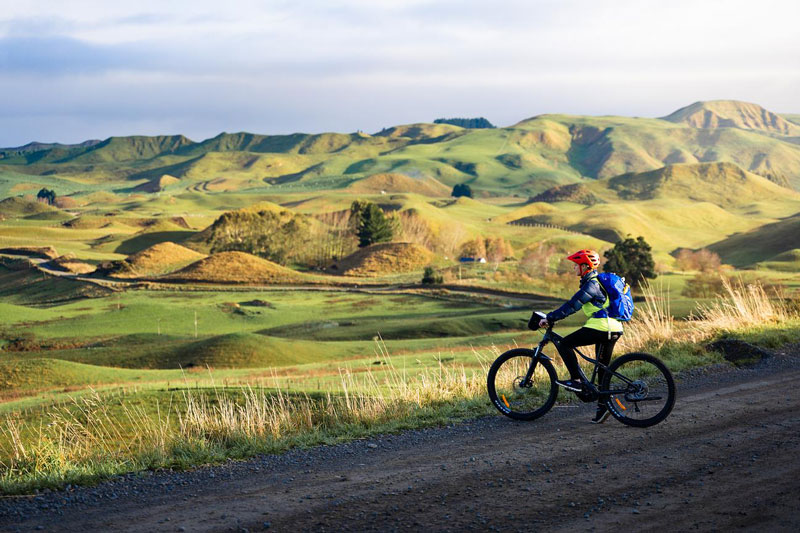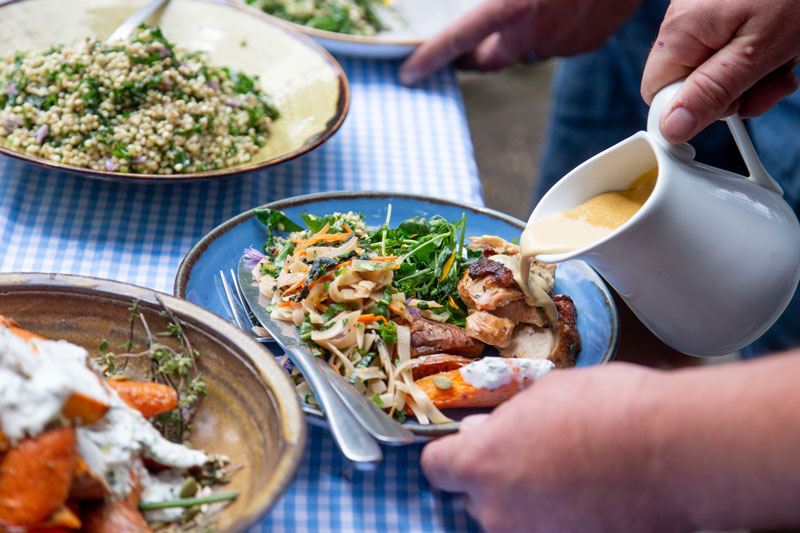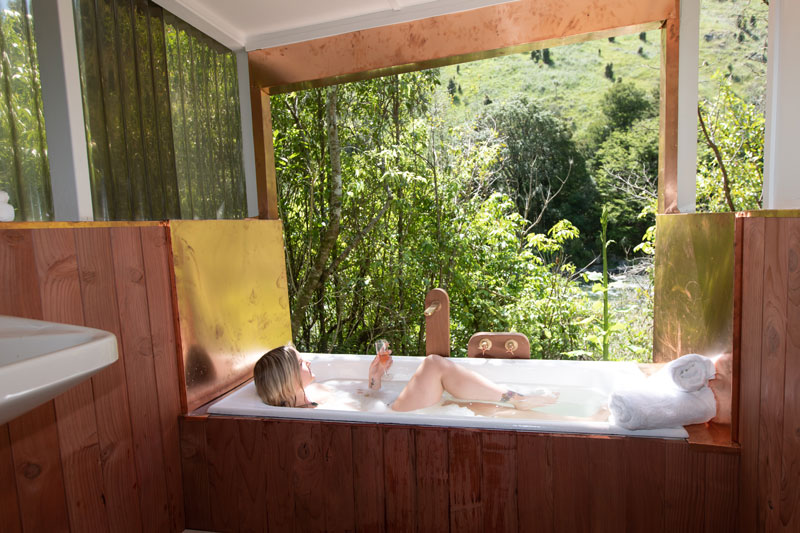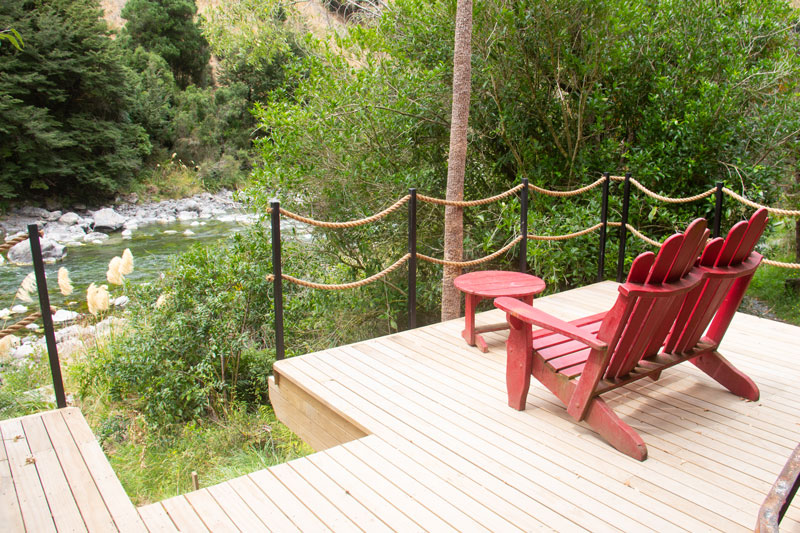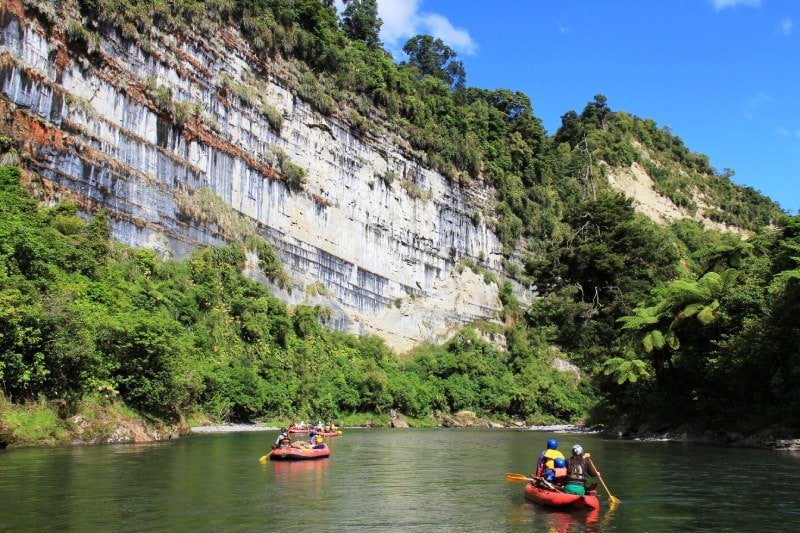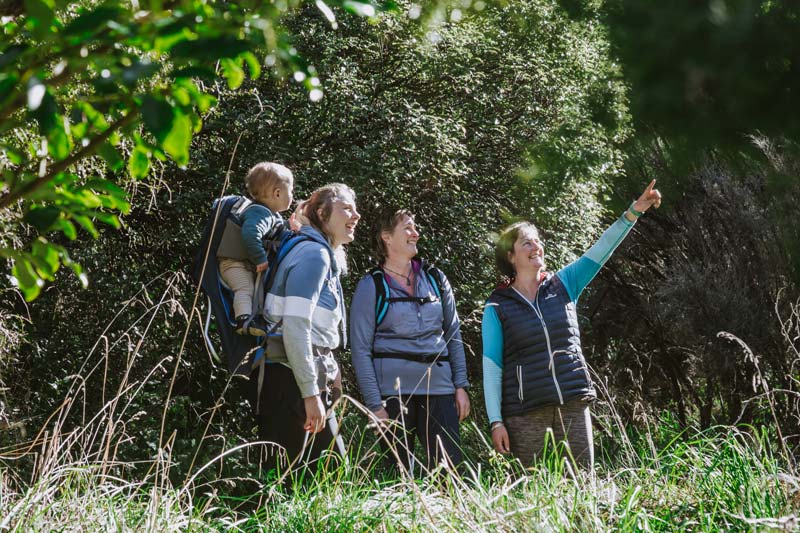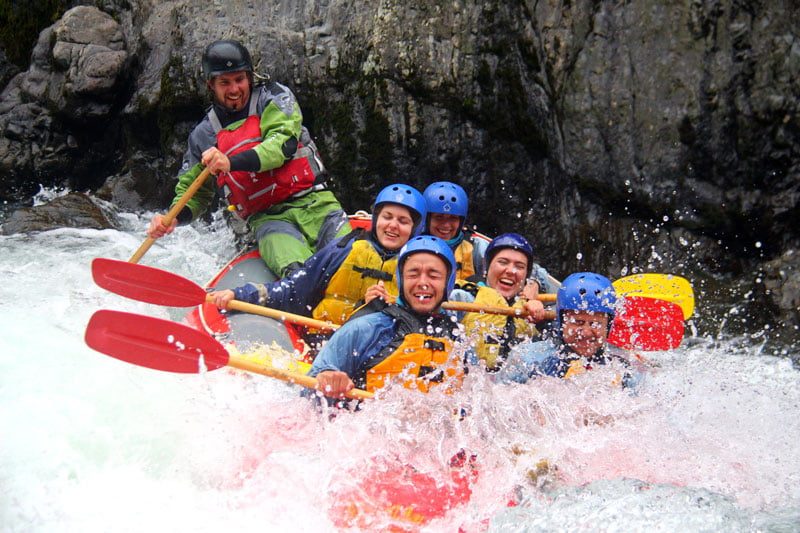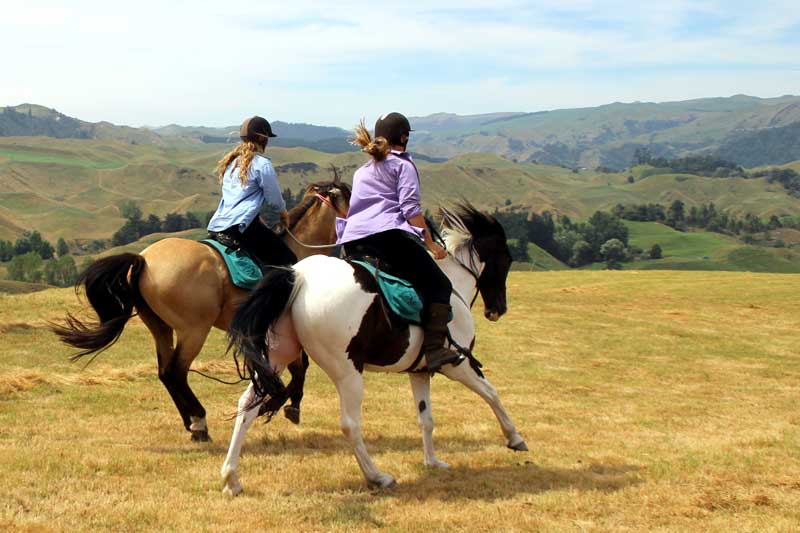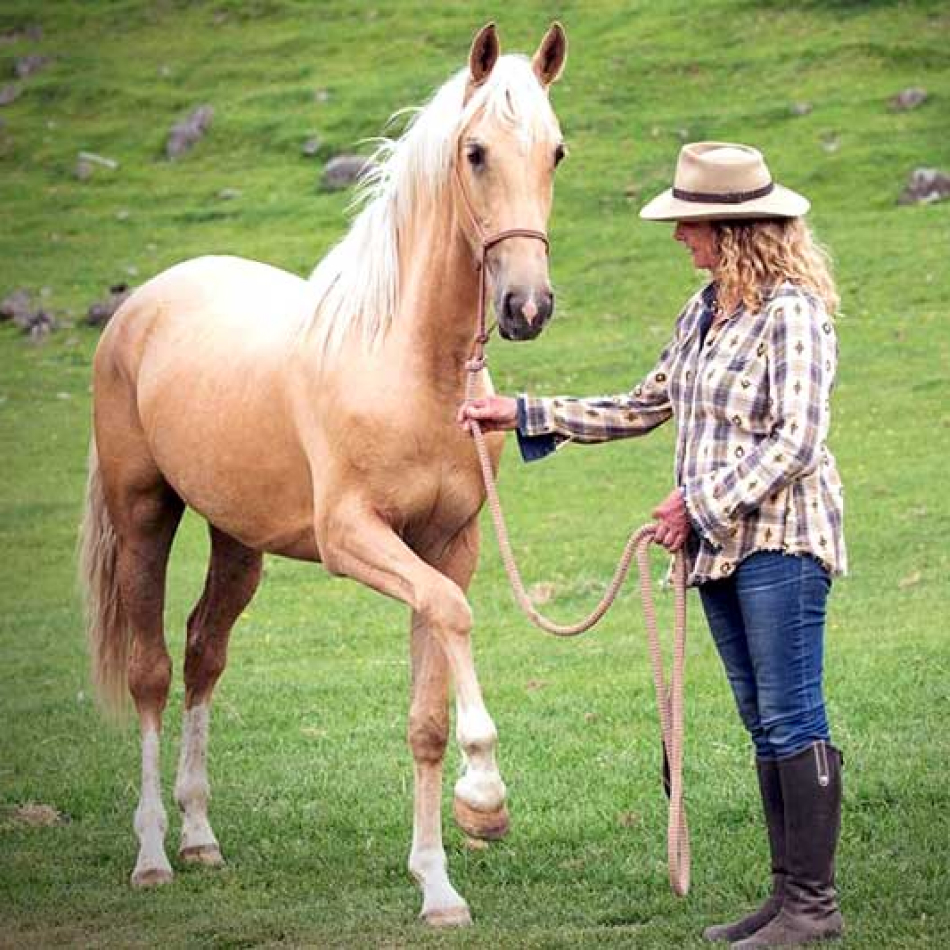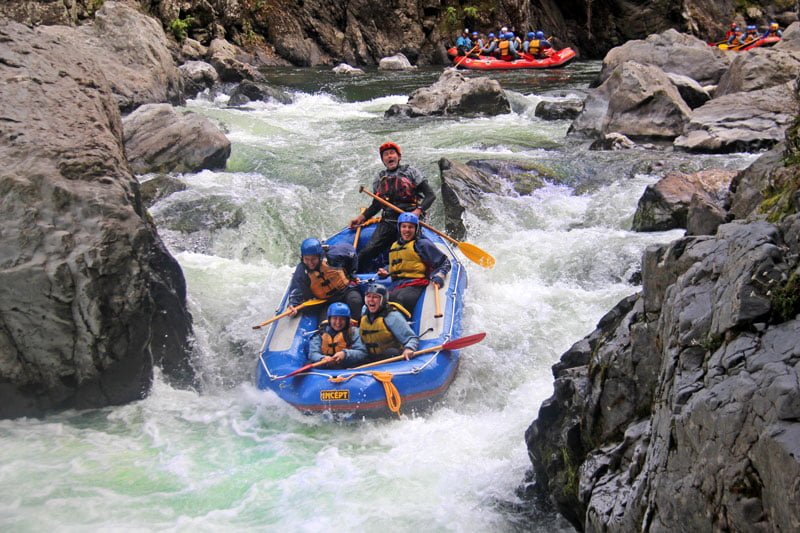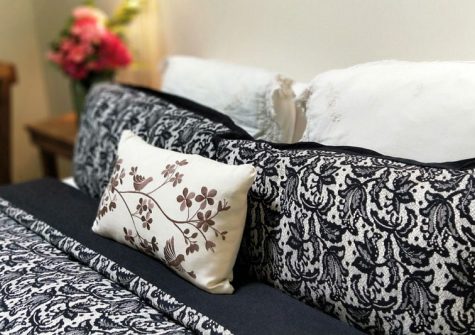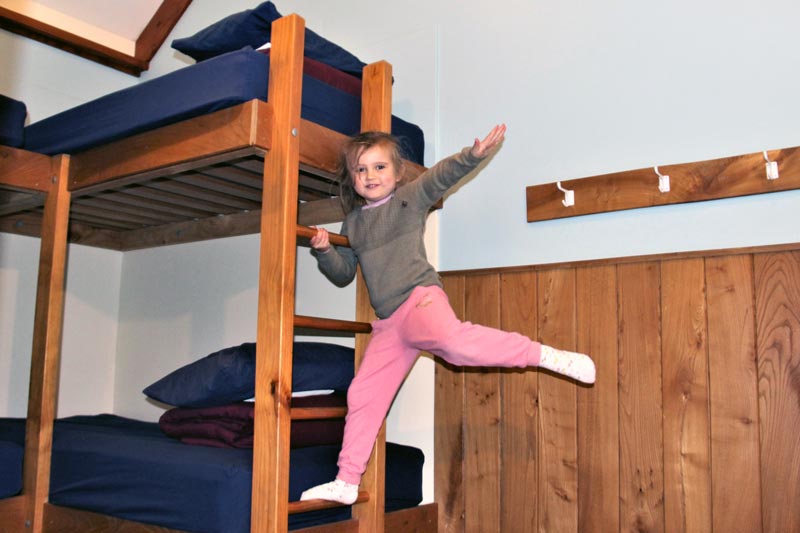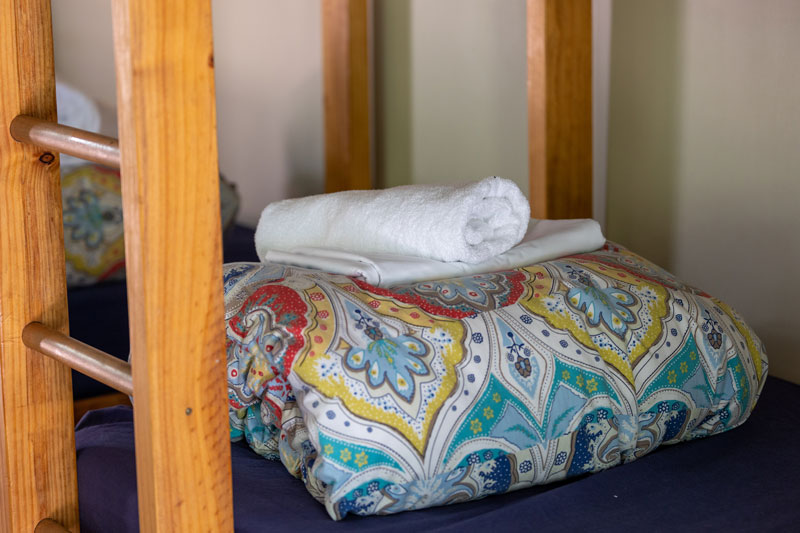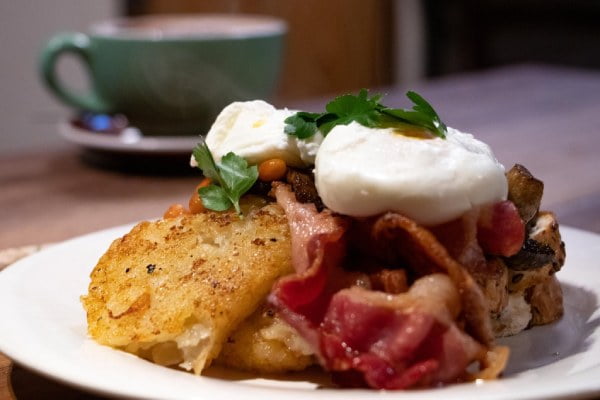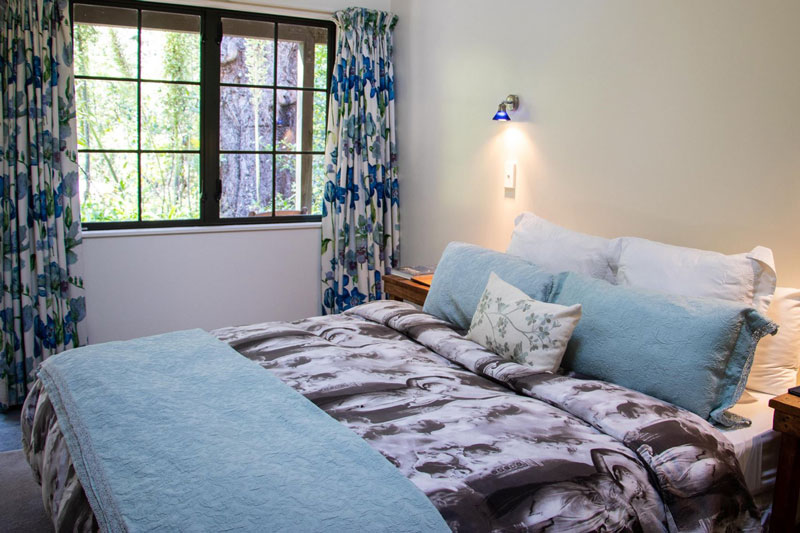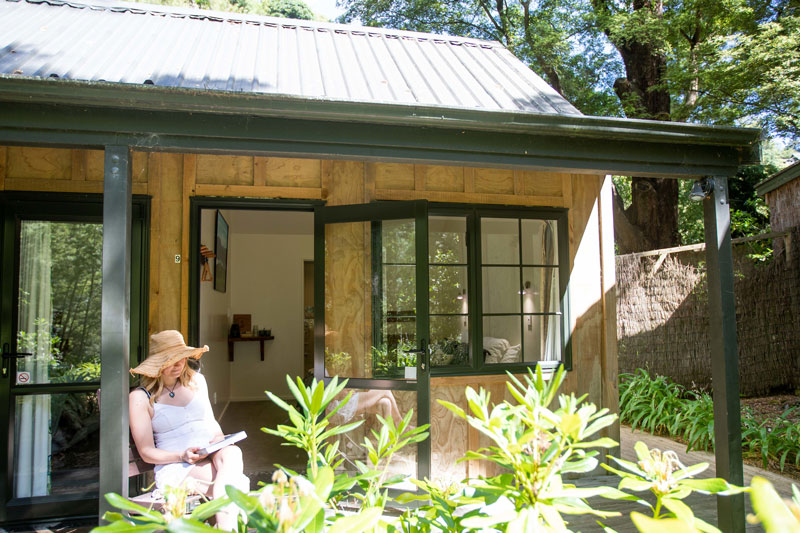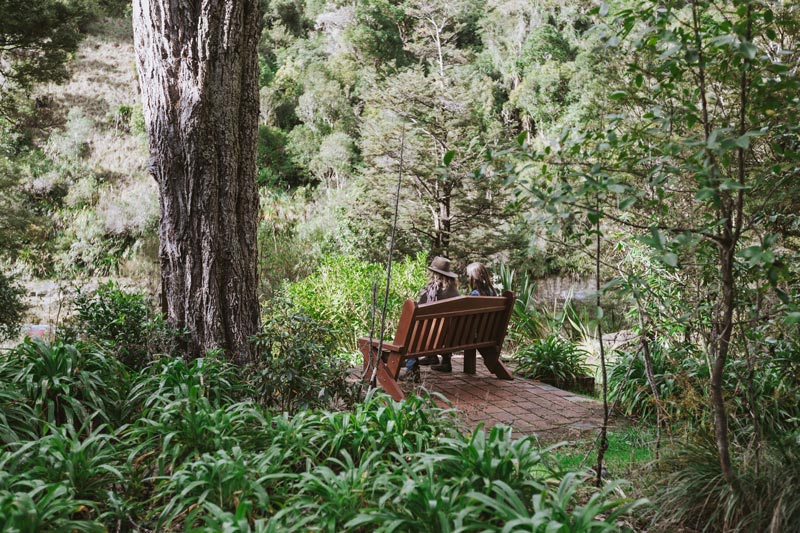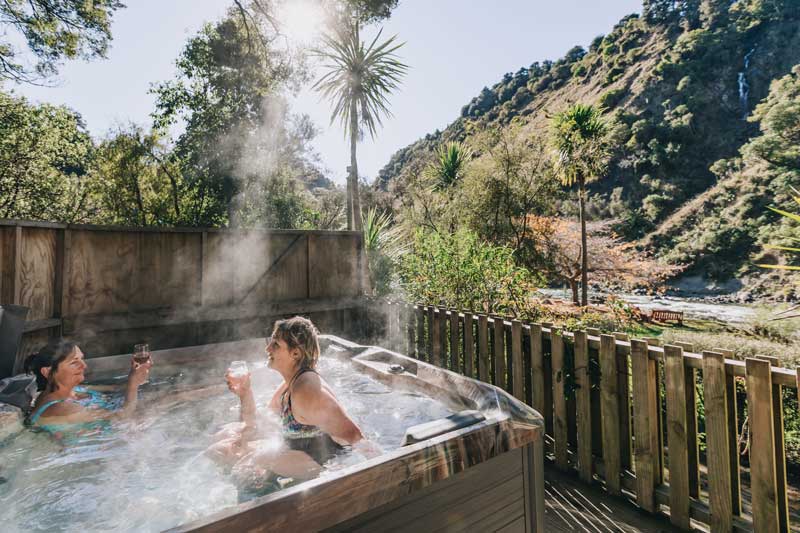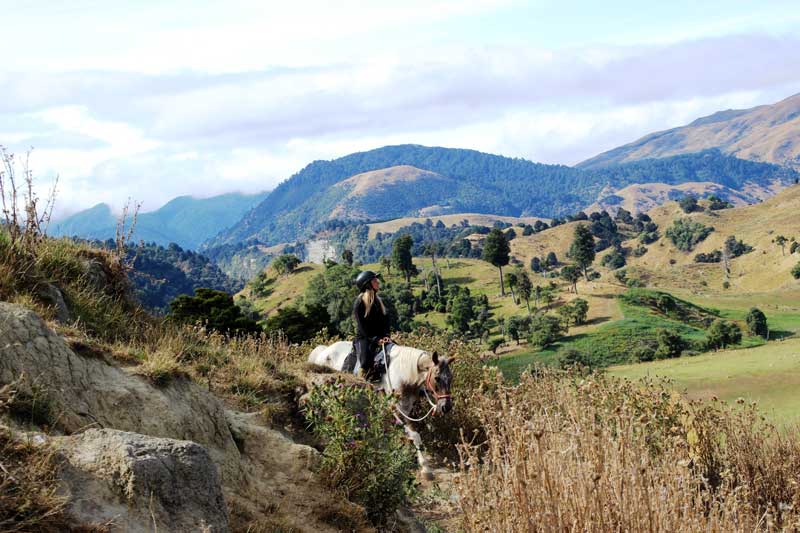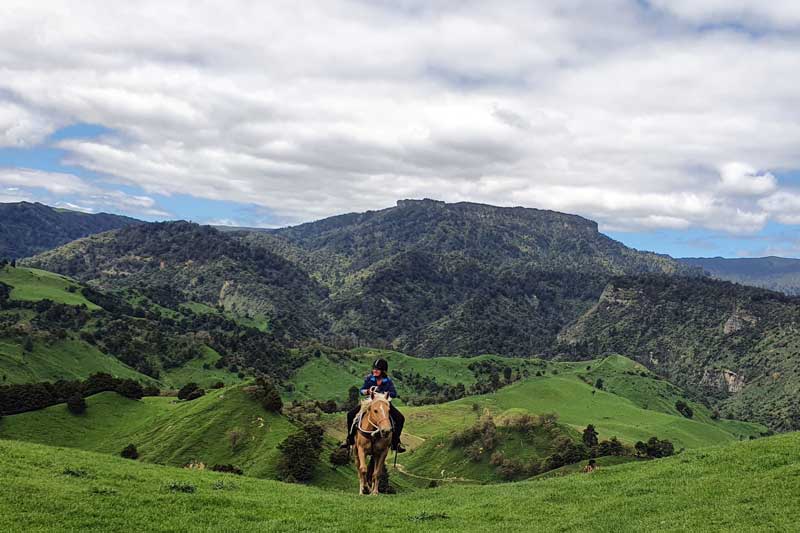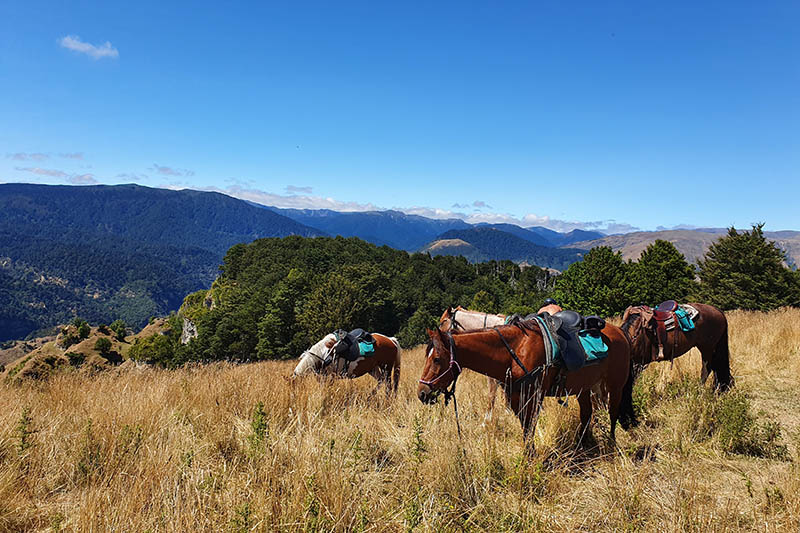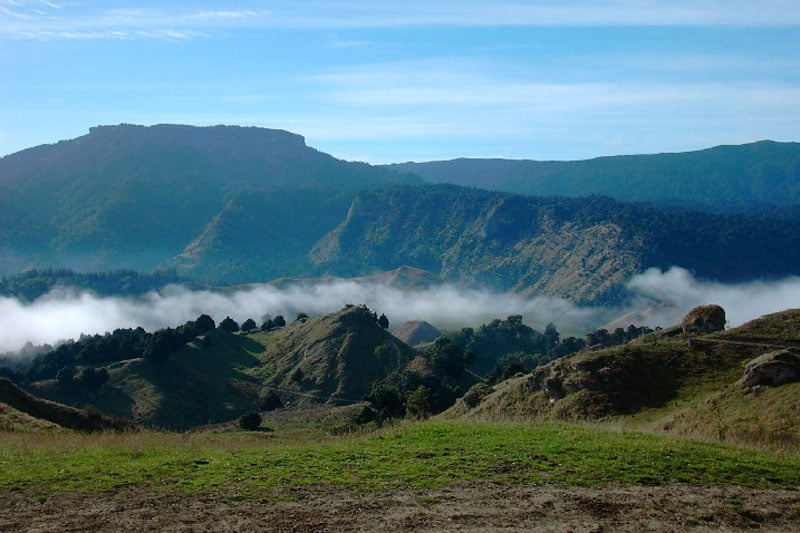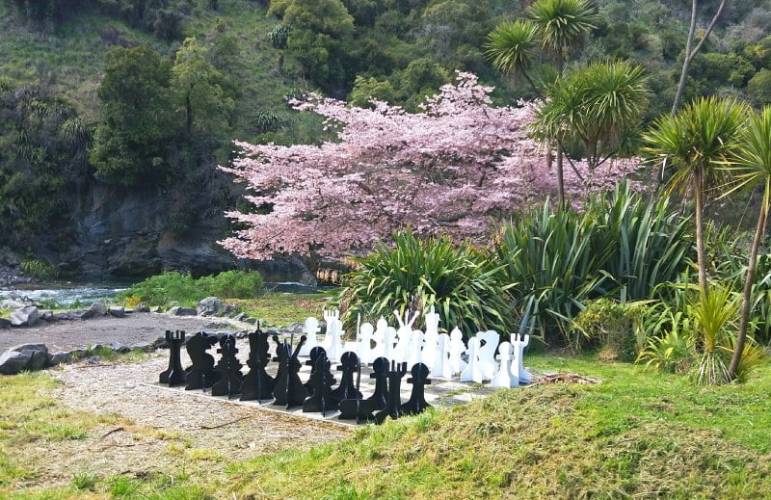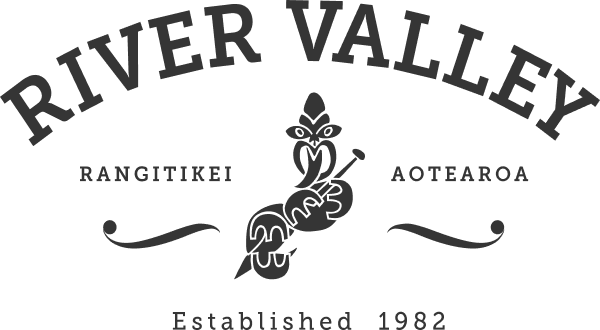Working On It!
The Sustainable Commitment recently put out by the Tourism Industry Aotearoa (TIA) is a very worthwhile statement of intent, so in this blog I thought I would briefly outline how River Valley (one of the early signers) measures up in one of the four areas. That area is Environment.
In addition to Environment, the other areas are Economic, Visitor and lastly, Host Community. If you wish to learn more about the New Zealand Tourism Sustainability Commitment, then follow this link.
The four main commitments under the Environment heading are:
Contribute to ecological restoration initiatives
Have carbon reduction programmes towards carbon neutrality
Have waste reduction and management programmes
Engage with our visitors and communities on the importance of restoring, protecting and enhancing New Zealand’s natural environment
How Does River Valley Measure Up?
Contribute to ecological restoration initiatives
River Valley has an active native tree planting program in which we plant up to 500 native trees per year on our own property. Tied in with this is the creation of ponds and wetlands. We also contribute cash, logistics and labour to tree planting programs on neighbouring properties.
The second area we are active within this initiative is our stoat and rat trapping program as part of the Ruahine Whio Protectors group. Whio, or Blue Duck are a very endangered species of torrent duck found only in New Zealand. Our local community looks after 150 traps in total, of which 100 are our responsibility. The whole group looks after some 2000 traps.
Have carbon reduction programmes towards carbon neutrality
With all the fossil fuelled transport involved in Tourism it is a carbon intensive industry, of this there is no doubt. We are very conscious of this, and to be honest doubt the long term viability of the industry because of it.
Initiatives we have taken in carbon reduction are primarily in two areas. These areas are capital investment in technology and infrastructure, i.e. LED lights, heat pump and wood based hot water heating, and in carbon sequestration.
Carbon sequestration is being carried out by tree planting and the use of a holistic grazing system for our horses, which soil tests show is sequestering carbon long term in the soil.
Have waste reduction and management programs
Waste reduction and management is a HUGE issue for us. With something like 13000 people visiting River Valley each year, the sheer quantity of waste generated by these visitors can be mind boggling. In addition, being at the bottom of the valley and 32kms from the nearest waste transfer station and you can see that it takes some planning and outside the box thinking about how to deal with it all.
This how we do it.
Human waste – all the that stuff we want to flush away and forget. We have installed 2 treatment systems, one for black water (toilet and kitchen) and one for grey water (showers and washing machines). After treatment all water is discharged to land.
Waste Food – Tom’s pigs get all the cooked food scraps, plus breads and grains. All raw vegetable scraps, plus coffee grounds, and shredded paper goes to compost.
Glass – In New Zealand most recycled glass is crushed for road aggregate. We have shortened the chain and installed our own glass crusher. We use the resultant aggregate on our own driveway.
Plastics, cans, unrecyclable refuse – these are transported to the local waste transfer station for either recycling or landfill
Cardboard & paper – some of this is used for mulch in the gardens, while the balance goes through the wood fired boiler to help heat hot water.
Engage with our visitors and communities on the importance of restoring, protecting and enhancing New Zealand’s natural environment
This is an area we have identified in which we need to do better. The following is what we do at the moment.
We presently have a number of interpretive signs around the grounds and within the Lodge. These cover areas of interest such as details on the uniqueness of New Zealand wildlife and what we are doing to help. We plan to add to these.
The second area is empowering our Lodge staff and guides with the knowledge and passion to share with guests. This is ongoing.
Overall Scorecard
Our self assessment would give us between 7 and 8 out of 10. Not too bad, but could do better.
Working on it!
Brian Megaw[/vc_column_text][/vc_column][/vc_row]
- Whio with their blue/grey colouring can be well camouflaged amongst the rocks of a riverbed


